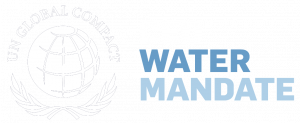Setting water targets at the enterprise level that respond to local contexts has proved challenging because water is not an equally material issue across corporate value chains. Environmental, social, governance, and economic conditions can also vary widely across catchments, and water risks result from shared water challenges.
The purpose of this working paper is to help companies do their part to address shared water challenges—and to focus their efforts in the right high-priority places. By setting enterprise water targets, companies can make changes in the ways and in the places that matter most across their value chains, ranging from how they source inputs to how they operate or provide goods.
Informed by practitioner experience and stakeholder consultation, as well as existing water stewardship guidance and resources, this working paper introduces a three-step process for how companies can set water targets at the enterprise level that address the most material water-related risks in the places that matter the most across a company’s value chain.

The three-step process can help practitioners drive continuous improvement, mitigate risk, strengthen the social and legal license to operate at a site, and align corporate action with public policy priorities for water. These actions can contribute to reaching the five water stewardship outcomes identified by the Alliance for Water Stewardship and to meeting the Sustainable Development Goals (SDGs) (Appendix A).
The steps outlined offer two specific ways in which companies can set enterprise targets. Regardless of the path chosen, practitioners should always aim to link enterprise water targets to site targets and action plans that respond to the shared water challenges and stakeholder priorities, engage stakeholders at all stages of setting targets, view target-setting as an iterative process, and use the best available information to guide the targets’ implementation.

